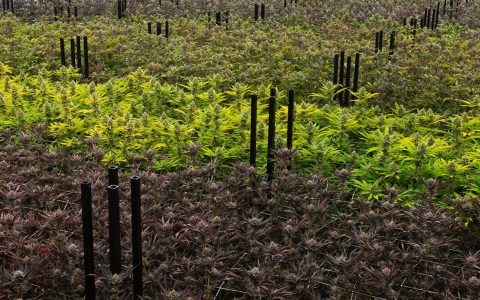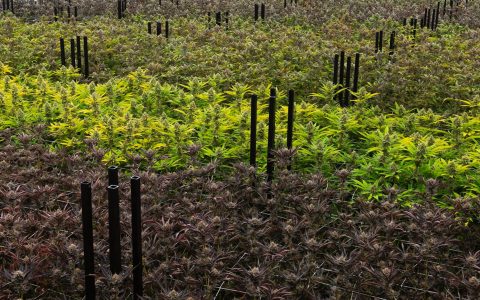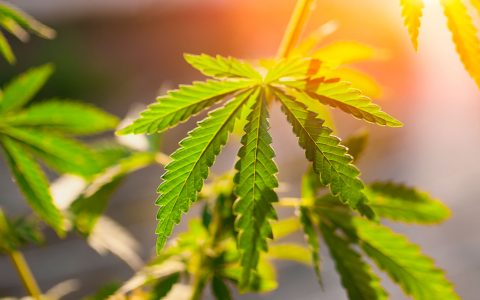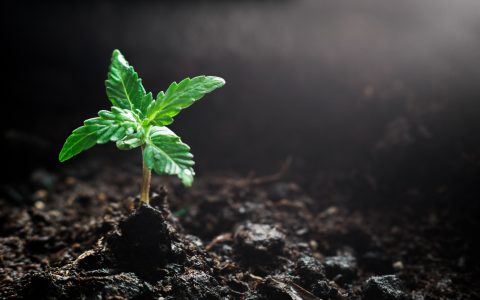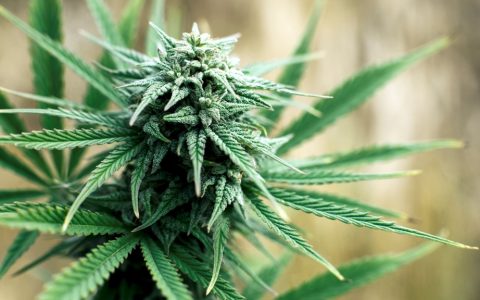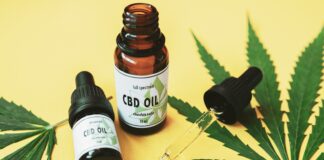When it comes to which type of cannabis to buy, the common belief is: indoor = that fire, and outdoor = that garbage. But in reality, there’s no such thing as a “best” type of cannabia. Instead, the choice all comes down to consumer preference and a desired experience.
The Methods: Indoor, Greenhouse, and Outdoor
There are three main methods of growing cannabis: indoor, sun-grown with light deprivation (greenhouse), and full-term sun-grown (outdoor). Each has its advantages and disadvantages.
Indoor
Growing cannabis indoors gives growers complete control of the entire production process, including room temperature and air circulation.
However, according to Bryan Gabriel, CEO of Washington’s Gābriel Cannabis, this advantage can turn against you. “If you get [toxins] in your grow room, it’s harder to get rid of because it’s contained in a little environment,” he told Leafly. “If we keep it clean, it’s a pro, because we can control [the airflow]. But if you’re not watching your CO2 levels and reading your plants, and if those plants start spitting out some toxins, this can lead to CO2 poisoning.”
Gabriel says another advantage is that some of the newer cannabis genetics grow better in indoor environments. With damn near every strain on the market being a hybrid nowadays, this could be the explanation behind why cannabis retailers prefer indoor cannabis over the others.
Greenhouse
The second major method of growing cannabis is sun-grown with light deprivation, otherwise known as greenhouse. Light deprivation allows growers to block out the sun with tarps, tricking plants into flowering faster.
Growing with natural sunlight supports a full and natural terpene profile. Even if plants grow big and full under artificial lighting, the results will still be different from plants grown under true sunlight.
The greenhouse method also has less of an impact on earth’s natural resources. Sun-grown cannabis takes a lot less energy than all of those lights and fans used to power indoor growing, promoting sustainability by leaving a lot smaller of an ecological footprint.
Jeremy Moberg, CEO of Washington’s CannaSol, says that light deprivation produces the highest quality product with the least impact on the environment.
However, there are disadvantages to sun-grown cannabis, as growers have to work around the climate and season, while indoor growers can produce cannabis year-round.
Outdoor
Full-term outdoor growing is the most natural and least expensive way to grow cannabis. It takes no lights and no fans and no tarps, and only uses tents, sunlight, and soil. The obvious disadvantage of this method is that plants are exposed to the elements (environment, temperature, pests, etc.), which could have a detrimental effect on the quality of the flower.
However, when done correctly, Anders Taylor, CEO of Walden Cannabis, tells me, “As a point of fact, outdoor-produced flower will always enjoy a broader, more intense, more deeply penetrating spectrum of light. This advantage allows outdoor grown plants to more fully express their genetic potential.”
Which Should You Buy?
So, if there’s no “best” way to grow cannabis, it all comes to down your personal preference and sought-after experience.
When asked why consumers would choose indoor-grown cannabis over the alternatives, Gabriel says, “You have to be spraying [pesticides] on your plants outdoors, because there [are pests] outside. So if you compare indoor to outdoor, you would probably have a lot cleaner cannabis in general from an indoor grow just because of mold, spores, bugs, and things they have to spray [to protect the plant].”
Unlike fruit, which you can clean with water, anything sprayed on cannabis during flowering gets stuck to the trichomes. “I think that’s probably why the trichomes are a little more pronounced on an indoor grown,” says Gabriel.
For consumers who choose experience over everything, sun-grown cannabis with light deprivation may be the choice for you. “The sun does have different spectrums that indoor can’t really duplicate. It can feed off different terpenes or cannabinoids that enhance [plants] a little bit more, if someone does it the right way,” says Gabriel.
With a greater understanding that effects are most likely derived from terpene and cannabinoid profiles, cannabis consumers are turning to sun-grown cannabis.
“Whether it be called light-dep, sun-grown, or greenhouse, it is quickly becoming the educated consumers’ preference as they learn that light deprivation produces greater amounts of terpenes and cannabinoids. Light deprivation combined with living soils is, in my book, the best weed,” says Moberg of CannaSol.
For consumers who champion sustainability and environmental preservation over anything, the answer may be full-term outdoor cannabis, which is the most natural way of growing cannabis.
“Outdoor cannabis is best for citizens that care about our future,” says Taylor of Walden Cannabis. “Purchasing products made from outdoor-grown cannabis is the only way to support environmentally friendly cannabis production. Outdoor requires no energy for cooling, no energy to help plants photosynthesize, and we regenerate and recycle our nutrients.”
In addition to being the most sustainable cannabis option, full-term outdoor cannabis also tends to be much less expensive than the alternatives. This is not because it is trash, but instead, because full-term requires less overhead to produce, which allows growers to sell it for a lower price.
Still, we must acknowledge that not all full-term outdoor cannabis is created equal, as some is completely destroyed by outdoor elements. So if this is the choice for you, it’s best to find quality producers that have truly mastered the process of high-quality production.


